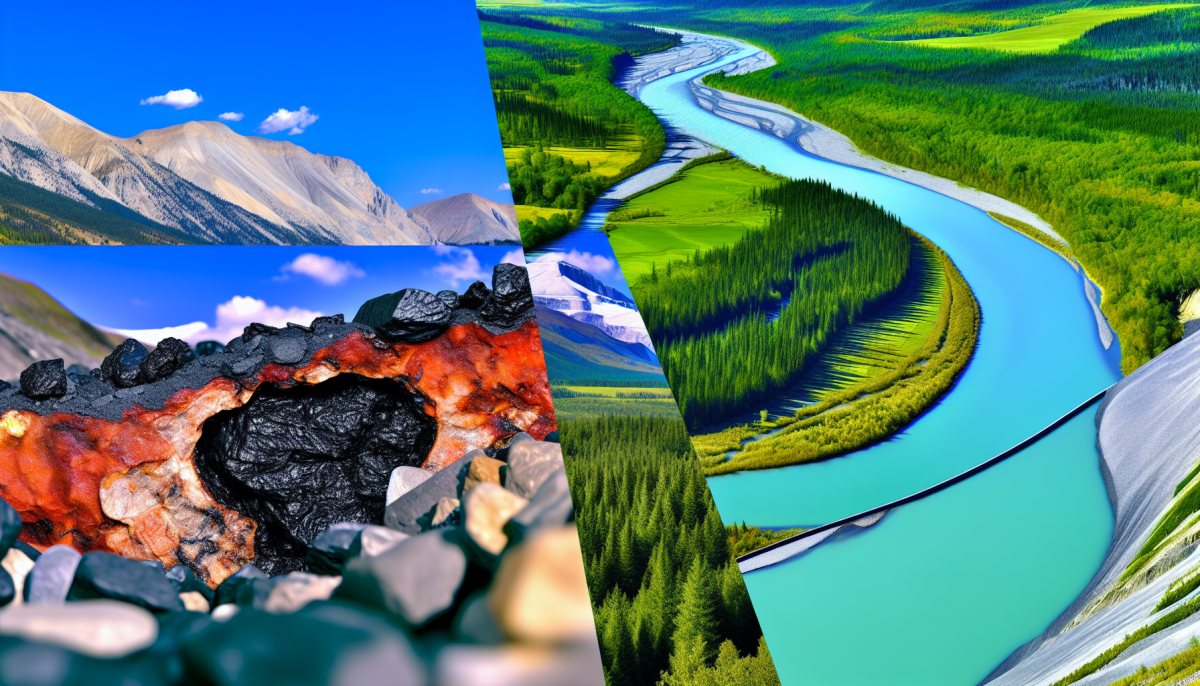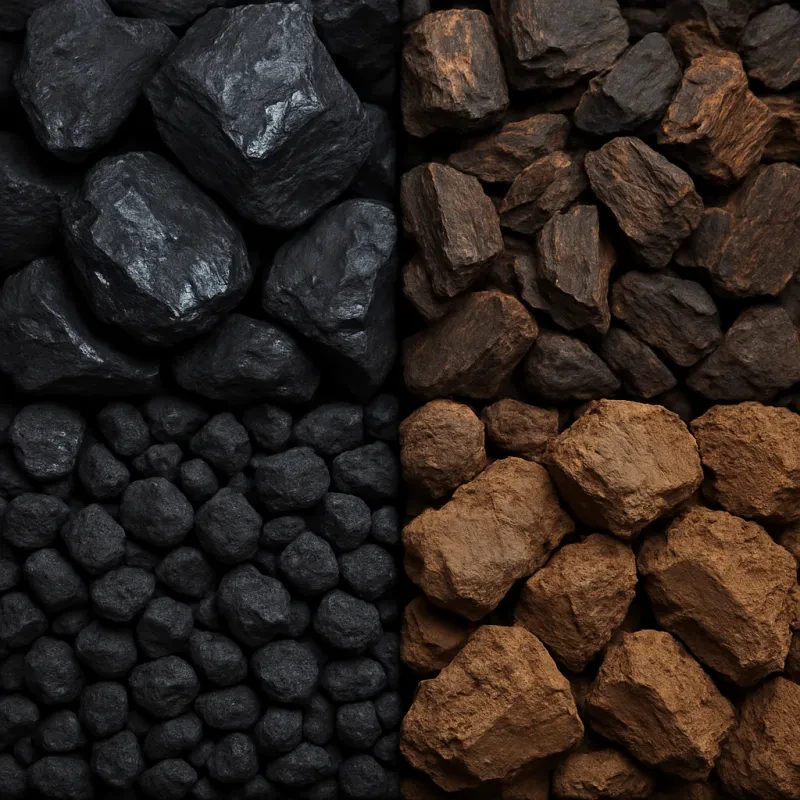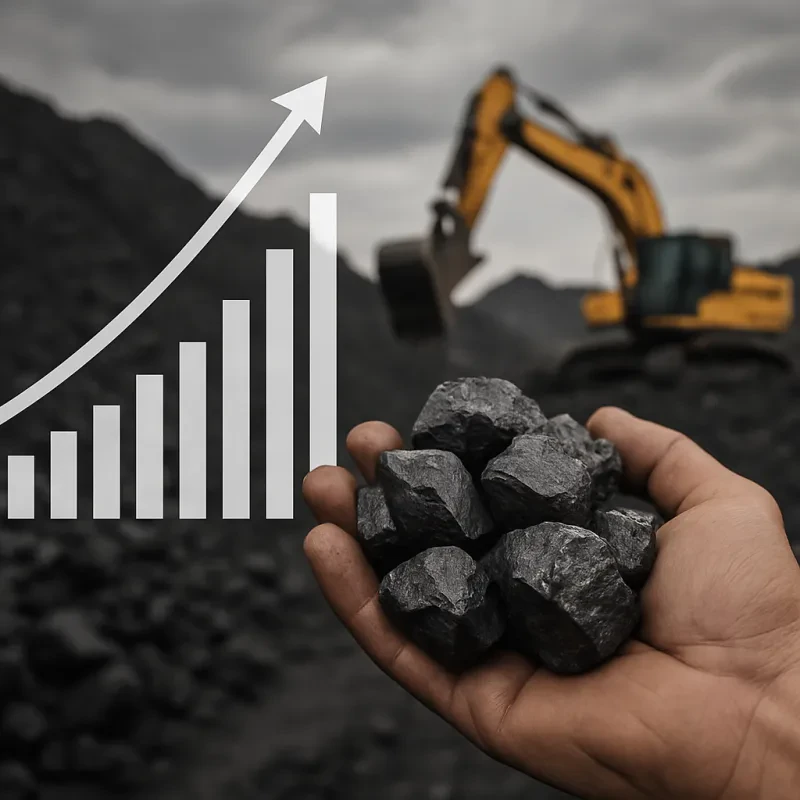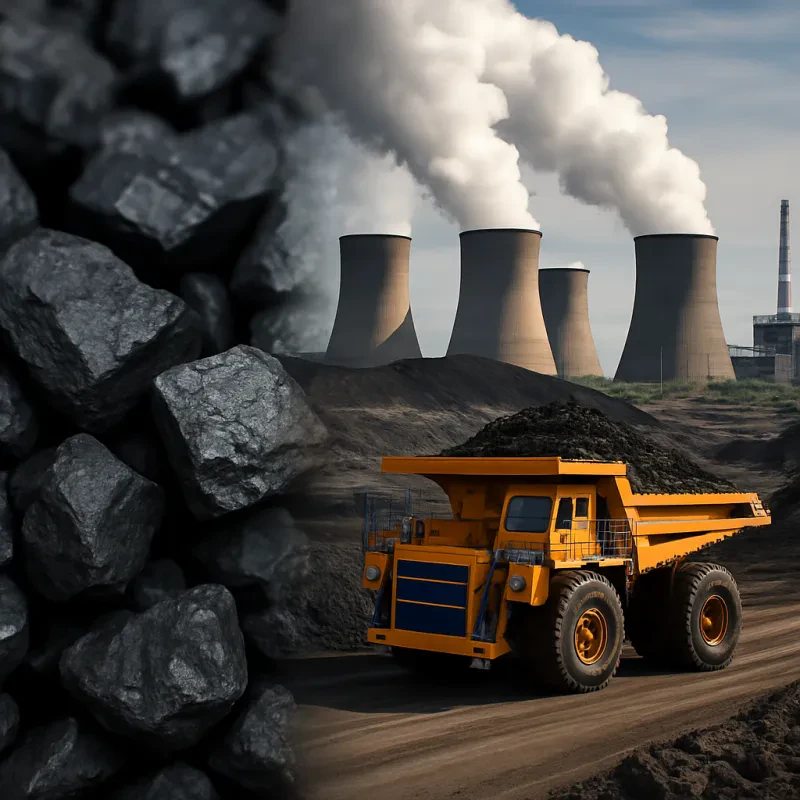When it comes to coal deposits, there are a few regions around the world that really stand out. These areas are not only rich in coal but play a crucial role in the global energy landscape. Let’s dive into some of the top coal regions that you might want to know about.
Appalachian Region, USA
The Appalachian region has been a coal haven for decades. Stretching from West Virginia to Pennsylvania, it boasts some of the highest quality coal deposits in the country. The area’s long history of mining has led to a strong support system for coal production, making it a key player in meeting energy demands.
Bowen Basin, Australia
Australia is home to the Bowen Basin, known for its vast reserves of high-quality thermal and metallurgical coal. This region is essential for both the domestic energy market and international coal exports. The mining technology advancements in this area have made it easier to access deeper coal deposits, further fueling its significance in the industry.
Shanxi Province, China
If you’re looking at coal deposits on a global scale, you can't ignore China. Shanxi Province is one of the largest coal-producing areas in the world. It supplies a huge portion of the country's coal needs, powering everything from homes to factories. The scale of production here is impressive, with vast open-pit and underground mining operations.
Inner Mongolia, China
Another key player in China’s coal scene is Inner Mongolia. This region has seen rapid growth in coal mining, with large reserves readily accessible. The coal from Inner Mongolia is primarily used for electricity generation, supporting not just local demands but also supplying power to other parts of the country. It's a bustling area for those in the coal industry.
Key Facts About Coal Deposits
When it comes to coal deposits, there are some fascinating facts to keep in mind. First off, coal is primarily found in certain geological areas, often in sedimentary rock formations. These deposits can take millions of years to form, as ancient plants get buried, compressed, and eventually transformed into coal. It’s a natural treasure that plays a significant role in our energy needs.
Another key point is the different types of coal deposits. There are four main types: anthracite, bituminous, sub-bituminous, and lignite. Each type varies in carbon content, energy output, and usage. For example, anthracite is the highest grade, known for burning clean and producing a lot of heat, making it ideal for home heating. On the other hand, lignite is the lowest grade and is often used in electricity generation.
The geographic distribution of coal deposits is also interesting. Major coal-producing countries like the United States, China, and Australia have vast reserves. In the U.S., the Appalachian region, the Illinois Basin, and the Powder River Basin are hotspots for coal extraction. Each area has its unique characteristics, impacting the quality and accessibility of the coal deposits located there.
Lastly, it’s worth mentioning the environmental considerations around coal deposits. While coal has been a crucial energy source, mining and burning it raise significant ecological concerns. Many are advocating for cleaner energy alternatives, but coal remains an integral part of the energy landscape in many parts of the world. Understanding these factors can help in discussions about energy policies and the transition to more sustainable resources.
Economic Impact of Coal Mining
Coal mining plays a significant role in the economy of many regions. When we talk about areas rich in coal deposits, we're not just referring to the resource itself, but the economic activities that come along with it. These deposits create jobs, stimulate local businesses, and attract investments. Whether it’s direct employment in the mines or supporting roles in transportation and equipment, the impact is noticeable.
One important aspect to consider is how coal mining can help boost local economies. The presence of coal deposits often leads to a surge in demand for various services. From construction companies building mining facilities to suppliers providing equipment and safety gear, there’s a ripple effect that benefits many. Communities that embrace coal mining usually see new schools, restaurants, and shops popping up to serve the growing population.
It’s interesting to note that regions with rich coal deposits often cultivate a sense of resilience. In times of economic shifts, these areas can rely on their natural resources for stability. While the trend towards renewable energy sources is changing the landscape, coal still plays a vital role in many areas, providing a steady income for families and contributing to overall economic growth.
Lastly, coal mining can also generate revenue for local governments through taxes and royalties. This income can enhance public services, such as healthcare, transportation, and infrastructure improvements. So, when looking at the economic impact of coal, it’s clear that the presence of coal deposits does much more than just fuel energy needs; it uplifts entire communities and creates a robust framework for growth.
Environmental Considerations of Coal Use
When it comes to coal deposits, there are a lot of factors to consider, especially regarding the environment. While coal has been a crucial energy source for decades, its extraction and use can have significant impacts on our planet. Understanding these effects can help us make better choices about energy and how we use it.
First off, mining coal often involves disrupting large areas of land. This can lead to habitat destruction for plants and animals, which can be a big concern for biodiversity. If you're passionate about wildlife, you might want to think about how coal extraction could affect local ecosystems, especially in areas with rich coal deposits.
Then there's air pollution to consider. Burning coal generates greenhouse gases and other pollutants that can contribute to climate change and poor air quality. If you live near coal-burning power plants, you may already know about the smog and health issues that can come from this. It's something communities near coal deposits face all the time.
Finally, we can't ignore water issues. Coal extraction and burning can contaminate water supply with heavy metals and chemicals, impacting not just wildlife but also human health. Understanding how coal deposits are managed can give us insight into how these environmental risks can be reduced.
All these factors make it super important to weigh the benefits of coal against its environmental costs. Exploring areas with rich coal deposits brings up plenty of questions about sustainable practices and how we can responsibly extract energy while taking care of our planet.







